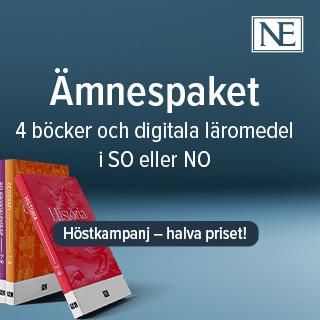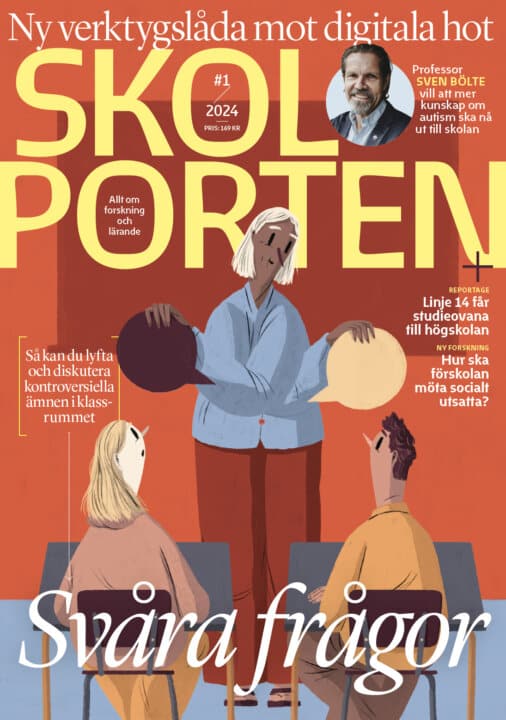Mot en fenomenologisk förståelse av Web 2.0 och kunskapsbildning
The article aims to illuminate the character of Web 2.0 based on a reading of Martin Heidegger in order to provoke new epistemological questions about Web 2.0 and knowledge formation. The article applies the ontological grounds on which Heidegger described being-in-world and worldliness to the phenomenon of Web 2.0. The article states that Web 2.0 could be considered to be both a thing (in Heideggerian terms), but also not a thing. A thing because of the character of the equipment, the feature of self-sameness and the fact it is organised in an equipmental nexus makes it recognisable as a thing from different perspectives. However, it does seem to have unthingly features because of its lack of spatio-temporal fixation, the fact there is no original and no copies of it, and that it lacks timely orientation. The article further discusses the way the world reveals itself by using Web 2.0 and proposes a new term for this kind of revelation, namely a stretched world. It finally discusses Web 2.0 as a place for dwelling, and the epistemological consequences of these features of Web 2.0 for the formation of knowledge. It proposes that research questions should be asked from the perspective that Web 2.0 used for knowledge formation is something to act upon while stepping into it.
Författare: Håkan Fleischer
“Towards a phenomenological understanding of Web 2.0 and knowledge formation”
Education Inquiry vol. 2, 3/2011

Fritidshem
 Åk F–6
Åk F–6 Matematikångest
 Åk 4–Vux
Åk 4–Vux 







